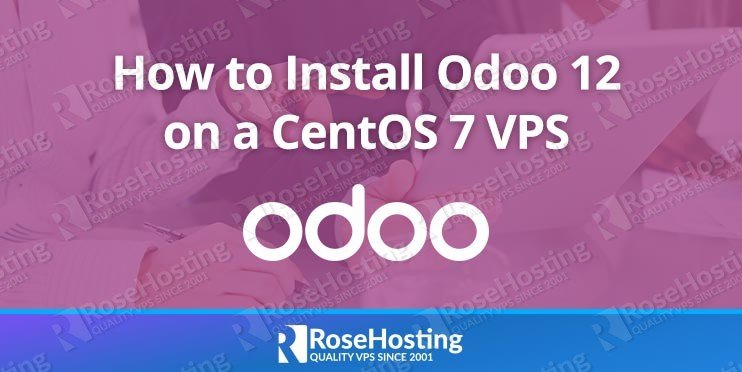Installing Odoo on a CentOS VPS
Odoo is a popular open-source Enterprise Resource Planning (ERP) system that allows companies to automate and optimize their business processes. Installing Odoo on a CentOS VPS might seem challenging, but with our step-by-step guide, you’ll be able to handle it without any problems.
Step 1: Server Preparation
The first step is to install the necessary dependencies. To do this, execute the following commands:
sudo yum install epel-release
sudo yum install python3 python3-pip git gcc nodejs npm
Now install PostgreSQL, which is the database used by Odoo. Execute the following command:
sudo yum install postgresql-server
sudo postgresql-setup initdb
sudo systemctl enable postgresql
sudo systemctl start postgresql
Step 2: Installing and Configuring Odoo
Next, you need to download and install Odoo. Execute the following commands:
git clone https://www.github.com/odoo/odoo --depth 1 --branch 14.0 /odoo
cd /odoo
pip3 install -r requirements.txt
Now create a configuration file for Odoo. Use your favorite text editor and paste the following code:
[options]
admin_passwd = your_admin_password
db_host = localhost
db_port = 5432
db_user = postgres
db_password = False
xmlrpc_port = 8069
Start Odoo by executing the following command:
./odoo-bin
Open a web browser and enter the following URL: http://localhost:8069. You will see the Odoo login page, where you can log in with your administrator account.
Step 3: Firewall Configuration
Remember to configure your firewall to allow access to port 8069, on which Odoo is running. Execute the following command:
sudo firewall-cmd --zone=public --add-port=8069/tcp --permanent
sudo firewall-cmd --reload
Now you can access your Odoo installation from the external network.
Conclusion
Now you have a fully functional Odoo installation on a CentOS VPS. You can start using this powerful ERP system to optimize your company’s business processes. Good luck!





